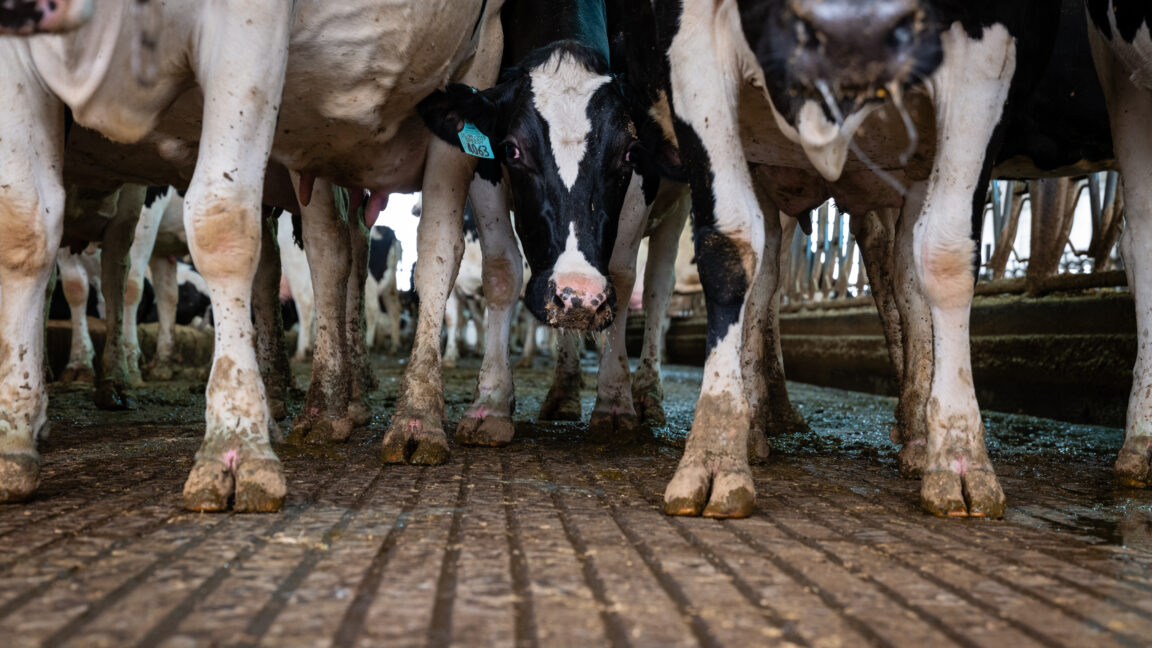- Posted On:2024-10-24 15:10
-
1087 Views
Bird flu hit a dead end in Missouri, but it’s running rampant in California
As H5N1 bird flu continues to spread wildly among California dairy herds and farmworkers, federal health officials on Thursday offered some relatively good news about Missouri: The wily avian influenza virus does not appear to have spread from the state's sole human case, which otherwise remains a mystery.
On September 6, the Missouri Health department announced that a person with underlying health conditions tested positive for bird flu, and later testing indicated that it was an H5N1 strain related to the one currently circulating among US dairy cows. But, state and federal health officials were—and still are—stumped as to how that person became infected. The person had no known contact with infected animals and no contact with any obviously suspect animal products. No dairy herds in Missouri have tested positive, and no poultry farms had reported recent outbreaks, either. To date, all other human cases of H5N1 have been among farmworkers who had contact with H5N1-infected animals.
But aside from the puzzle, attention turned to the possibility that the unexplained Missouri case had passed on the infection to those around them. A household contact had symptoms at the same time as the person—aka the index case—and at least six health care workers developed illnesses after interacting with the person. One of the six had tested negative for bird flu around the time of their illness, but questions remained about the other five.
Defining a case
In a press briefing Thursday, Demetre Daskalakis, of the Centers for Disease Control and Prevention, announced that blood testing definitively indicated that all five of those health workers were not infected with H5N1. The blood testing involved three types of tests looking for neutralizing antibodies and other evidence of immune system responses that the body would have produced to fight an infection. All five health care workers were negative for all three types of tests.
Further blood testing of the index case and the person's household contact were also negative—but less definitively. Daskalakis explained that the CDC and the World Health Organization use standardized criteria to identify a "case" in an outbreak, and with blood testing, a person is only dubbed a "case" if at least two of the three blood tests are positive. Here, the index patient and the household contact were both positive for neutralizing antibodies against H5N1, suggesting they were at least exposed to, if not actually infected with, the bird flu strain. But, the other two tests—an immunologic and a multiplex test—were both negative. With positive results from only one of the three tests, the index case and the household contact are considered negative on the blood testing results, aka seronegative, and do not meet the definition of a case based on blood testing.
No evidence of spread
Daskalakis made a significant effort to explain this carefully and repeatedly during the press conference, but it still generated confusion (expect to see confusing coverage). To aid understanding, he likened the below-threshold detection to sonar on a ship. "We know that there's something down there, that the [index] case and household contact were likely exposed to or infected with H5N1, but we can't say if what we're seeing below the ocean surface is a whale or a submarine."
In terms of the outbreak tally, the household contact will not be counted as a case, and neither will the five health care workers. However, the index case will continue to be counted as a case because that person also tested (weakly) positive on a PCR test during a hospital stay, which meets the criteria for case definition.
So, in all, Missouri's case count in the H5N1 outbreak will stay at one for now, and there remains no evidence of human-to-human transmission. Though both the household contact and the index case had evidence of an exposure, their identical blood test results and simultaneous symptom development suggest that they were exposed at the same time by a single source—what that source was, we may never know.
California and Washington
While the virus seems to have hit a dead end in Missouri, it's still running rampant in California. Since state officials announced the first dairy herd infections at the end of August, the state has now tallied 137 infected herds and at least 13 infected dairy farm workers. California, the country's largest dairy producer, now has the most herd infections and human cases in the outbreak, which was first confirmed in March.
In the briefing Thursday, officials announced another front in the bird flu fight. A chicken farm in Washington state with about 800,000 birds became infected with a different strain of H5 bird flu than the one circulating among dairy farms. This strain likely came from wild birds. While the chickens on the infected farms were being culled, the virus spread to farmworkers. So far, two workers have been confirmed to be infected, and five others are presumed to be positive.
As of publication time, at least 31 humans have been confirmed infected with H5 bird flu this year.
With the spread of bird flu in dairies and the fall bird migration underway, the virus will continue to have opportunities to jump to mammals and gain access to people. Officials have also expressed anxiety as seasonal flu ramps up, given influenza's penchant for swapping genetic fragments to generate new viral combinations. The reassortment and exposure to humans increases the risk of the virus adapting to spread from human to human and spark an outbreak.

